At Windows on Washington, we often hear the question from frustrated homeowners, "Why is my brand new roof already failing? I expected at least 15-20 years out of my investment!"
We compiled the top 5 reasons for a new roof to fails:
|
1. Poor workmanship - A chain is only as strong as its weakest link.
- The best shingle in the world is only as good as the professional putting it on. If you surveyed the entirety of roof leaks, workmanship would be far and away the number 1 culprit.
- Improperly nailed shingles, flashing shortcuts, poor detail work on penetrations and improper roof-to-wall intersections are some of the most common examples of poor workmanship that can lead to shingle blow off, leaks, property damage and even mold growth.
2. Penny-wise and pound-foolish material strategies - Saving a little can cost a lot!
- Skimping on items like edge metals, proper code observed coverage of Ice/Water shield, using cheap sealants and pipe collars and the re-use of flashings are just some of the cost corners that contractors will use to cut costs. Consumers often eat this up, accepting the bid from the cheapest roofing company. While the cost differential between the best materials and the least expensive can add up on a roofing project, the quality is more than worth it. An unexpected leak can far outweigh the expense differential on materials and impacts the realized cost of the roof replacement.
|
 |
3. Inadequate or improper ventilation strategies - Ventilation is an often overlooked aspect of roofing. The idea that "if what was there before worked, it should continue to do so" is prevalent in the industry.
- Proper attic and roofing ventilation is imperative to maintain a dry and healthy attic space. In addition, proper attic ventilation is your protection from pesky ice dams that form after heavy snows.
- Continuous, balanced and passive ventilation is ideal and easily accomplished if the roofing contractor is familiar with current ventilation technology and options and takes the time to do it right.
4. Flashings - Many masonry chimney flashings are produced in a manner that is more ornamental than functional.
- The stepped appearance of chimney flashing is designed to mimic the proper reglet cut and tuck into the mortar joint. However, roofing contractors often cut corners and simply caulk the joint. As this caulking breaks down over time, the homeowner is left with a clear and rapid pathway for water to bypass the flashing and enter the home.
- Tucking the flashing into the chimney surface is ideal and will ensure that flashing will hold up for the duration of the roof, but the labor to do so is more expensive than the shortcut.
5. Poor Workmanship - This cannot be highlighted enough, so it deserves 2 places in our top 5!
- Watch for caulk - it is not a replacement for proper technique and application! However, many low quality roofing installers will use caulk to correct or hide problems that should be addressed in a more professional or costly way. As the caulk breaks down over time, you will face problems such as leaks, gaps and premature material break down.
- The careful and conscious roofer should "think like water" to make sure that every application is redundant and always aimed at creating the most durable and leak proof finished product. It is difficult to maintain focus on that goal when trying to complete the project as quickly and cheaply as possible.
 |
The best way to make sure your roof does not fail is to hire a competent roofing company. Researching the roofing companies in your area can be daunting. The best place to start is with company review sites to weed out the companies you do not want to work with. Then choose a few to research their websites and to finally call to your home for an estimate. |
Let Windows on Washington guide you through the process of installing a new roof. The experts at WoW are happy to provide you with not only the information and research you need to make the right choice for your home, but also the expert installers that will do it right the first time.
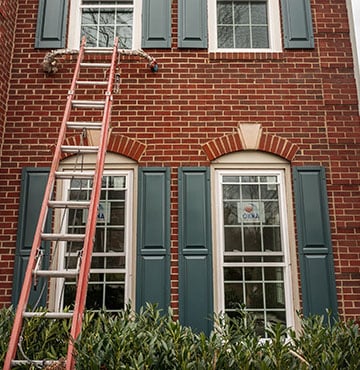
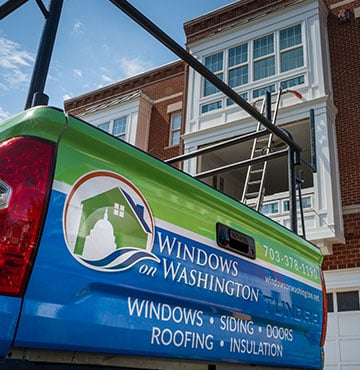
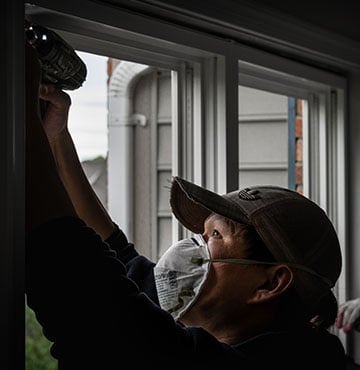
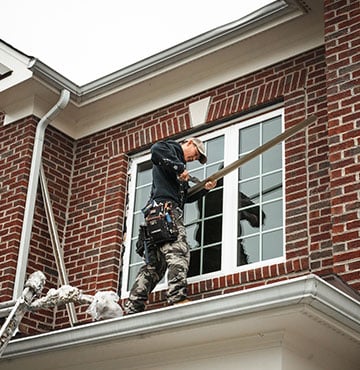








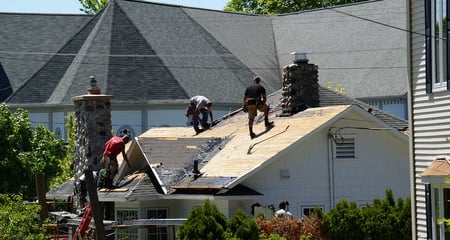


%20(720%20%C3%97%20510%20px)%20(500%20%C3%97%20500%20px)%20(300%20%C3%97%20300%20px)%20(400%20%C3%97%20400%20px)%20(700%20%C3%97%20700%20px)%20(480%20x%20550%20px).png?width=480&height=550&name=Untitled%20(860%20%C3%97%20860%20px)%20(720%20%C3%97%20510%20px)%20(500%20%C3%97%20500%20px)%20(300%20%C3%97%20300%20px)%20(400%20%C3%97%20400%20px)%20(700%20%C3%97%20700%20px)%20(480%20x%20550%20px).png)
Comments